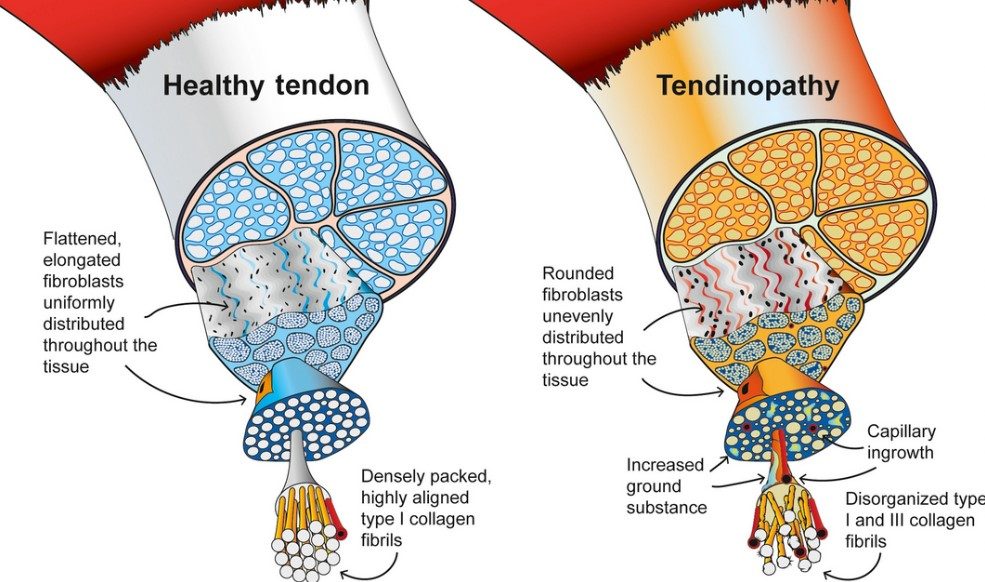Laurie's Blogs.
Feb 2021
Tendinopathy & Hyperalgesia - Snippet of Wisdom and Critical Evaluation of Research

You know when you read research articles and you start by reading the title, then the objective, then the conclusion, and THEN the body of the abstract. That’s how I read abstracts. It’s a streamlining process to get to the point of deciding whether a journal article is actually worth reading in its entirety. If all of those things are intriguing enough, then you get into the meat of the article to decide if the conclusion makes sense and how much more you can learn from the rest of the article.
So, I came across this article:
Rio E, Sandler J, Cheng K, Moseley GL, Cook J, Girdwood M. Sensory Processing in People With and Without Tendinopathy: A Systematic Review With Meta-analysis of Local, Regional, and Remote Sites in Upper- and Lower-Limb Conditions. J Orthop Sports Phys Ther. 2021 Jan;51(1):12-26.
I was fascinated by the conclusion. Sensory processing was different between upper-limb tendinopathy and lower-limb tendinopathy. Upper-limb tendinopathies showed signs consistent with primary and secondary hyperalgesia, but lower-limb tendinopathies did not. There was mixed evidence for primary hyperalgesia and limited evidence against secondary hyperalgesia.
My first thought was, “Wow, that’s so interesting! I wonder if it’s the same in dogs.” Then I wondered if it meant that upper limb tendinopathies, because they were associated with hyperalgesia, resulted in muscle inhibition and weakness. I wondered why it wasn’t the same in the lower limbs.
So, I dug into the meat of it… 30 studies were looked at, of which 18 investigated lateral elbow tendinopathy. THERE! That was it!
So, if you’ve been a physio for long enough, you know that in any case of lateral epicondylitis, you have to check the neck. There is often a correlation between a pinched nerve in the neck and tennis elbow. Naturally, the pinched nerve can cause hyperalgesia and so then the correlation makes sense. It’s not that the upper limb tendinopathy caused hyperalgesia, but rather that a cervical dysfunction and nerve root irritation led to the lateral elbow tendinopathy and simultaneously resulted in hyperalgesia.
With that clinical knowledge at hand, I would hazard to guess that indeed the same could be true for dogs. So, while it’s only a theory, I would wonder if some of the tendinopathies we see in dogs have a correlation with cervical dysfunctions as well. Mind you, the bigger difference is that dogs weight bear primarily on their front limbs, which is unique to the quadruped. So, I suppose my thinking wraps up with: Check the neck in your canine patients with front limb tendinopathy. See if you find a correlation. If so, you’ll want to treat not only the tendinopathy, but the cervical dysfunction as well.
Just throwing it out there! To me, research should be clinically relevant, and this is how I make this article relevant to my area of practice!
I’d love to hear your thoughts on this or other correlations! I've even created a survey to capture your findings! (Thanks for sharing in advance!)
https://www.surveymonkey.com/r/C766PXR
Cheers, Laurie


